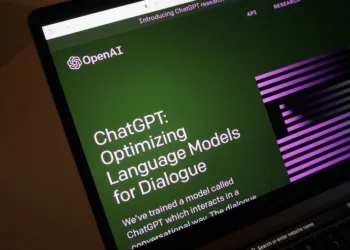Earlier this month, Sam Altman, CEO of OpenAI, shared a photo of his garden online, featuring four small strawberries hanging on the branches.
It turns out that this image was more than just a glimpse into his garden—it hinted at OpenAI’s upcoming AI product, code-named “Strawberry Project” which is expected to launch as early as this fall.

OpenAI envisions the progression toward general artificial intelligence (AGI) in five stages.
The first stage, where we currently stand, involves conversational AI like ChatGPT.
The next stage, where the “Strawberry Project” comes into play, is reasoning AI.
This level of AI will handle more complex tasks, offering capabilities that are closer to human reasoning and proficiency. The stages beyond involve attributes like autonomy, innovation, and organization.
Available this fall.
According to sources familiar with the project, OpenAI aims to introduce this reasoning AI, code-named “Strawberry,” as early as this fall.
The project, previously known as Q* (Q star), could be part of an upcoming ChatGPT upgrade. This new AI is expected to tackle “unseen math problems” and solve word puzzles, tasks that current AI systems struggle with reliably.
Beyond mathematical challenges, the “Strawberry Model” will also have applications in programming and addressing a range of more subjective questions, including handling multi-step tasks.
OpenAI and its competitors are hoping that such advancements will open up new revenue streams. Despite earning $283 million in monthly revenue from enterprise services and ChatGPT subscriptions, OpenAI is still operating at a net loss.
Slower but accurate.
There are multiple versions of the “Strawberry Model” in development.
- A simplified version will be used for chatbots, while the full version has a more specialized role—generating training data for OpenAI’s next-generation flagship model, Orion. This move is intended to address the challenge of limited high-quality text available on the internet.
As competitors like Anthropic and Meta continue to push forward, OpenAI needs a breakthrough AI model to solidify its position as an industry leader.
However, this new reasoning AI might come with a trade-off. While GPT-4o, launched earlier this year, was praised for its speed, the “Strawberry Model” is expected to be more precise but slower in its responses.
This suggests that it might be better suited for applications that don’t require instant feedback, unlike scenarios such as GPT search, where rapid response times are crucial.











